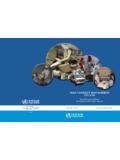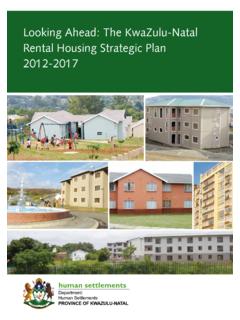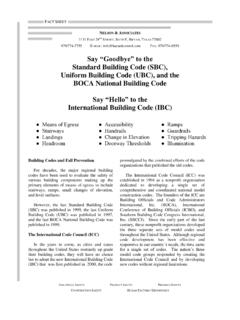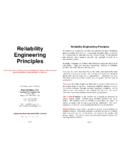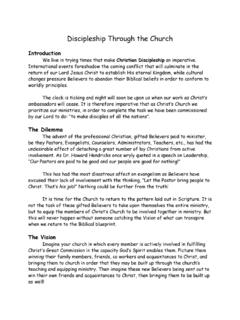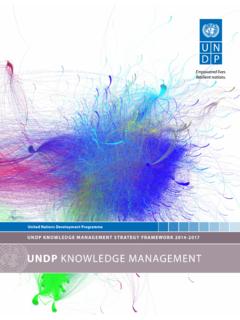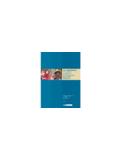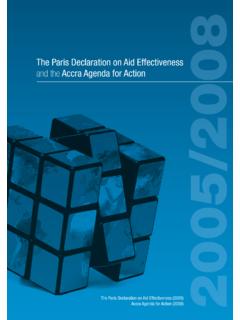Transcription of Newborn and infant hearing screening - WHO
1 Newborn and infant hearing screening CURRENT ISSUES AND guiding principles FOR ACTION OUTCOME OF A WHO INFORMAL CONSULTATION HELD AT WHO HEADQUARTERS, GENEVA, SWITZERLAND, 09 10 NOVEMBER 2009 2 WHO Library Cataloguing-in-Publication Data Newborn and infant hearing screening : current issues and guiding principles for action. disorders - prevention and control. loss - diagnosis. , Newborn . screening . practice. Health Organization. ISBN 978 92 4 159949 6 (NLM classification: WV 270) World Health Organization 2010 All rights reserved. Publications of the World Health Organization can be obtained from WHO Press, World Health Organization, 20 Avenue Appia, 1211 Geneva 27, Switzerland (tel.)
2 : +41 22 791 3264; fax: +41 22 791 4857; e-mail: Requests for permission to reproduce or translate WHO publications whether for sale or for noncommercial distribution should be addressed to WHO Press, at the above address (fax: +41 22 791 4806; e-mail: The designations employed and the presentation of the material in this publication do not imply the expression of any opinion whatsoever on the part of the World Health Organization concerning the legal status of any country, territory, city or area or of its authorities, or concerning the delimitation of its frontiers or boundaries. Dotted lines on maps represent approximate border lines for which there may not yet be full agreement. The mention of specific companies or of certain manufacturers products does not imply that they are endorsed or recommended by the World Health Organization in preference to others of a similar nature that are not mentioned.)
3 Errors and omissions excepted, the names of proprietary products are distinguished by initial capital letters. All reasonable precautions have been taken by the World Health Organization to verify the information contained in this publication. However, the published material is being distributed without warranty of any kind, either expressed or implied. The responsibility for the interpretation and use of the material lies with the reader. In no event shall the World Health Organization be liable for damages arising from its use. This publication contains the report of a WHO informal consultation and does not necessarily represent the decisions or policies of the World Health Organization. Printed in Switzerland Contents List of abbreviations.
4 4 1. Introduction issues in Newborn and infant hearing screening ..7 2. Current approaches to Newborn and infant hearing screening ..13 Multi-country 13 National programmes .. 16 3. guiding principles for Etiology of hearing loss in infants and young children .. 27 Use of case definition in Newborn and infant hearing 28 Approaches and methods used in Newborn and infant hearing screening .. 28 Programme implementation .. 31 33 Policy and legislative issues .. 33 Summary ..34 Annex I: Resolution ..35 Annex II: List of participants ..37 3 Newborn and infant hearing screening : current issues and guiding principles for action List of abbreviations AABR automated auditory brainstem response ABR auditory brainstem response AOAE automated otoacoustic emissions ASSR auditory steady-state response BCG Bacille de Calmette-Gu rin (immunization)
5 DALY disability-adjusted life year dBnHL decibel normal hearing level DPOAE distortion product otoacoustic emissions EHDI early hearing detection and intervention ENT Ear Nose and Throat IALP International Association of Logopedics and Phoniatrics IGCH International Working Group on Childhood hearing JCIH Joint Committee on infant hearing NICU neonatal intensive care unit NGO nongovernmental organization OAE otoacoustic emissions OB-GYN obstetrics and gynaecology PDH WHO Prevention of Deafness and hearing Impairment programme SCBU special care baby unit1 TEOAE transient evoked otoacoustic emissions USPSTF United States Preventive Services Task Force 1 In some countries the term SCBU is equivalent to NICU.
6 However in many developing countries, SCBU denotes a hospital facility that lacks the more-sophisticated equipment required in a NICU. 4 Newborn and infant hearing screening : current issues and guiding principles for action Preface To progress its activities in reducing the global burden of hearing loss, the World Health Organization (WHO) convened an informal consultation on Newborn and infant hearing screening . A group of leading experts were invited to share their broad range of experiences of national and multi-country Newborn and infant hearing screening activities, and to identify and reach consensus on the key principles required to guide the development of WHO recommendations and technical guidance in this area.
7 By convening this consultation, WHO is responding to calls from Member States for improved guidance in the conducting of Newborn and infant hearing screening to detect potential hearing impairment in full accordance with the overall aim of the WHO Prevention of Deafness and hearing Impairment programme (PDH): To assist Member States to reduce and eventually eliminate avoidable hearing impairments through appropriate preventive and rehabilitative measures. During the course of the consultation, different national and multi-country approaches, methodologies and experiences were shared and reviewed; major related issues discussed; and a number of guiding principles for action formulated. It is intended that this process will help lead to a clear consensus emerging on the most effective, cost effective and appropriate approaches to Newborn and infant hearing screening , especially in resource-limited countries.
8 All WHO strategies in the areas of hearing impairment and deafness are integrated into the overall chronic-diseases prevention and control strategy of the Department of Chronic Diseases and Health Promotion. The objectives of this strategy are to advocate for health promotion and the prevention and control of chronic disease; promote health (especially for poor and disadvantaged populations); slow and reverse the adverse trends in common chronic-disease risk factors; and prevent premature deaths and avoidable disability due to major chronic diseases. These objectives are based upon the guiding principles of comprehensive and integrated public health and intersectoral action, a life-course perspective, and stepwise implementation based on local considerations and needs.
9 Although the convening of this consultation represents only the beginning of the efforts that will be required to develop the policies and actions needed in this area, the level of commitment and enthusiasm shown by participants and others working in this field is highly encouraging. The participants of the WHO informal consultation wish to acknowledge the generous financial support provided by CBM for the completion of this work. 5 Newborn and infant hearing screening : current issues and guiding principles for action 61. Introduction issues in Newborn and infant hearing screening 1. Introduction issues in Newborn and infant hearing screening2 hearing impairment in children across the world constitutes a particularly serious obstacle to their optimal development and education, including language acquisition.
10 According to a range of studies and surveys conducted in different countries, around to 5 in every 1000 neonates and infants have congenital or early childhood onset sensorineural deafness or severe-to-profound hearing impairment. Deaf and hearing -impaired children often experience delayed development of speech, language and cognitive skills, which may result in slow learning and difficulty progressing in school. Congenital and early childhood onset deafness or severe-to-profound hearing impairment may affect the auditory neuropathway of children at a later developmental stage if appropriate and optimal interventions are not provided within the critical period of central auditory pathway development. Therefore, early detection is a vitally important element in providing appropriate support for deaf and hearing -impaired babies that will help them enjoy equal opportunities in society alongside all other children.










